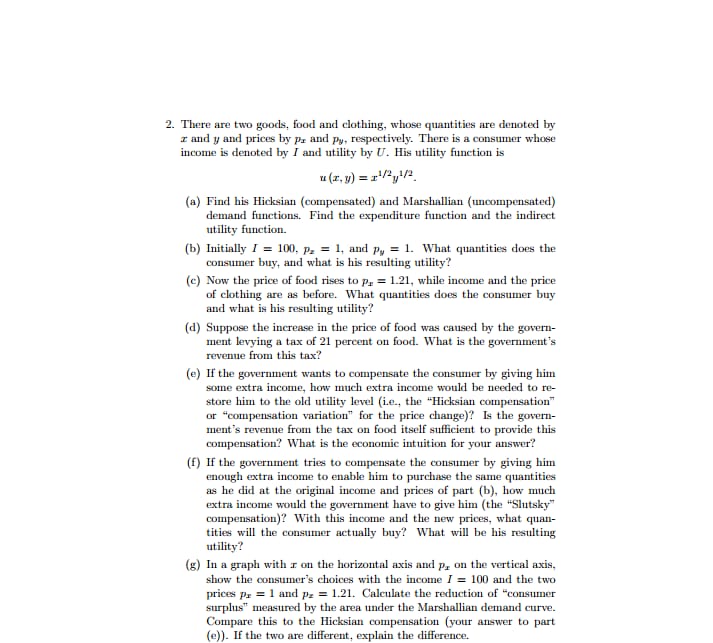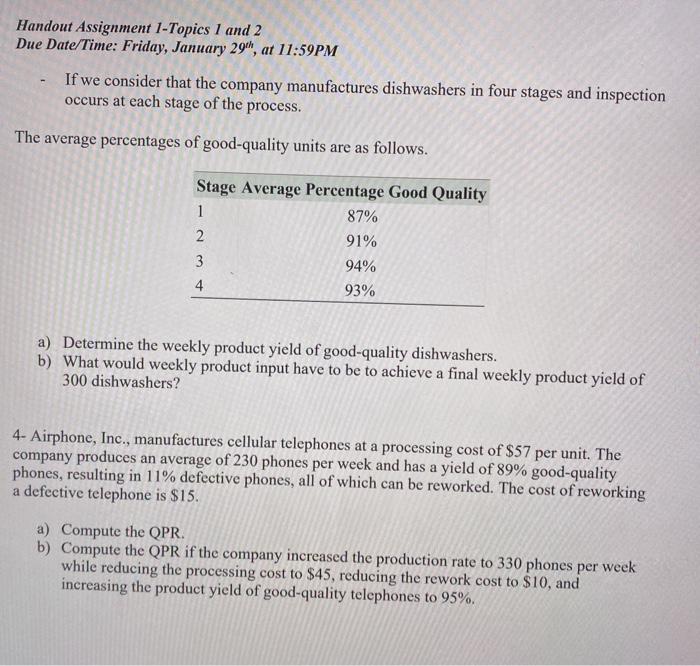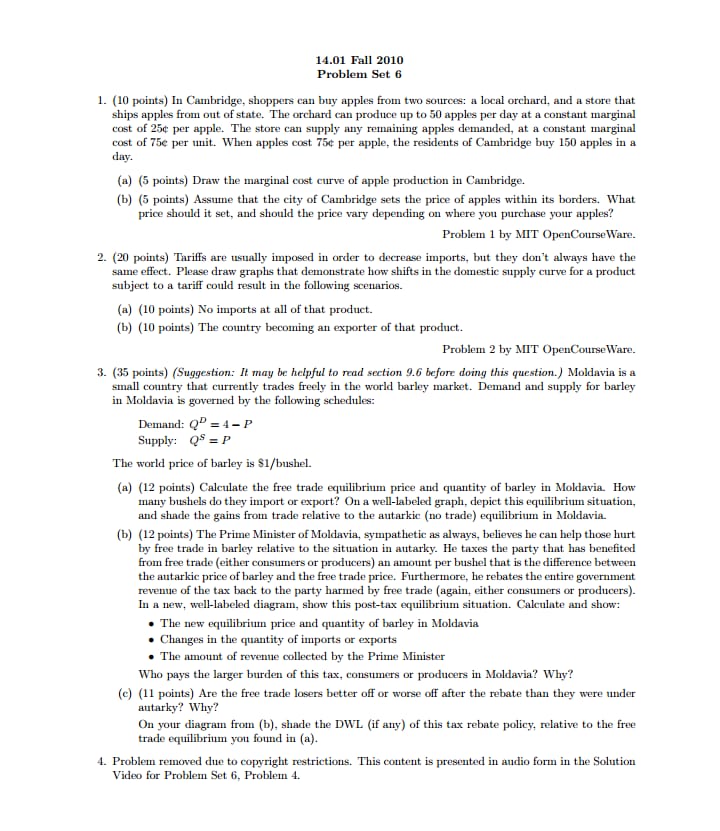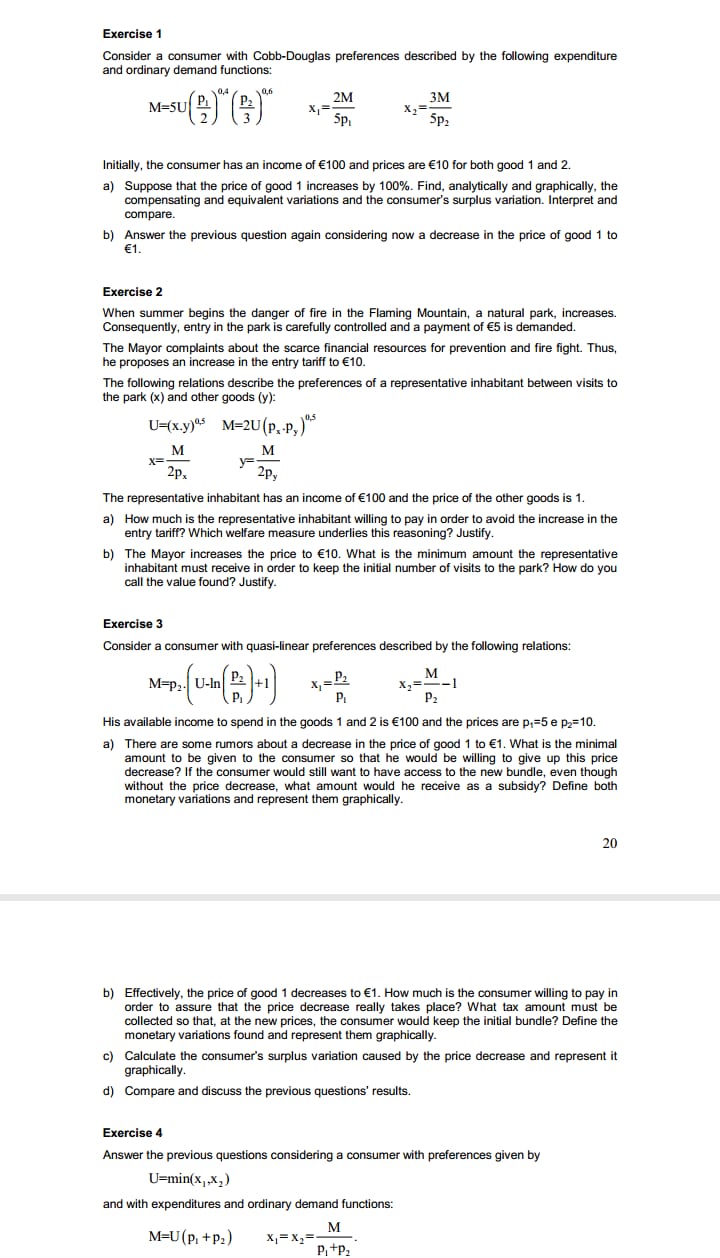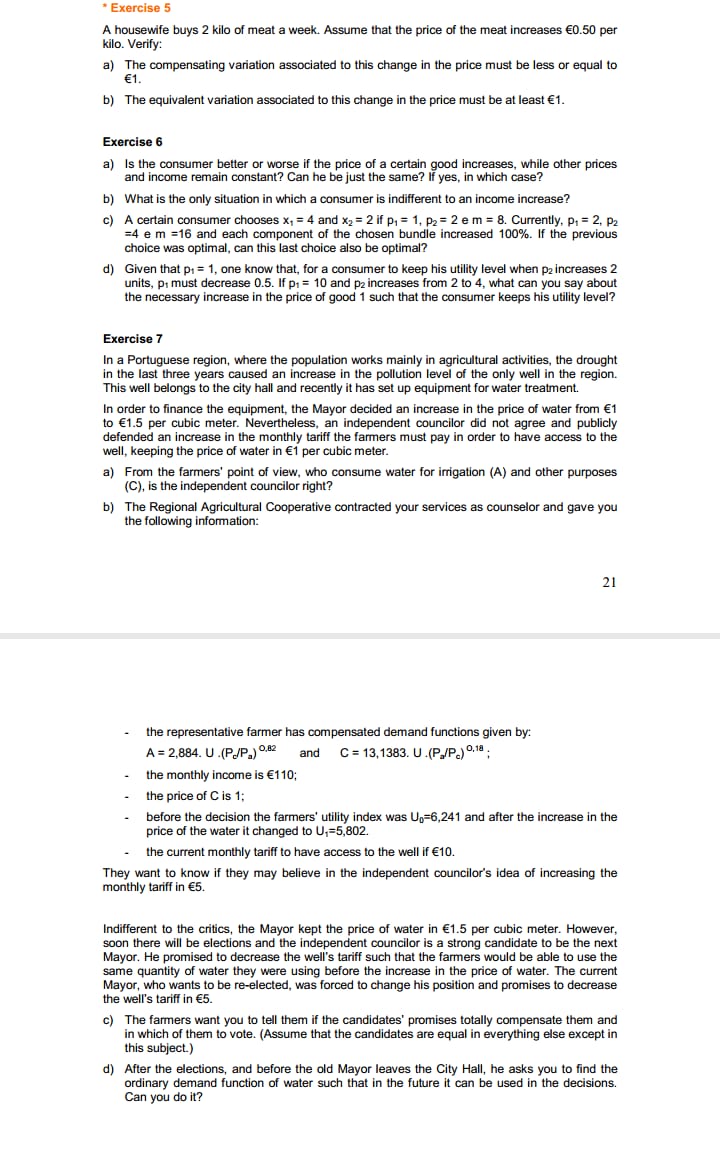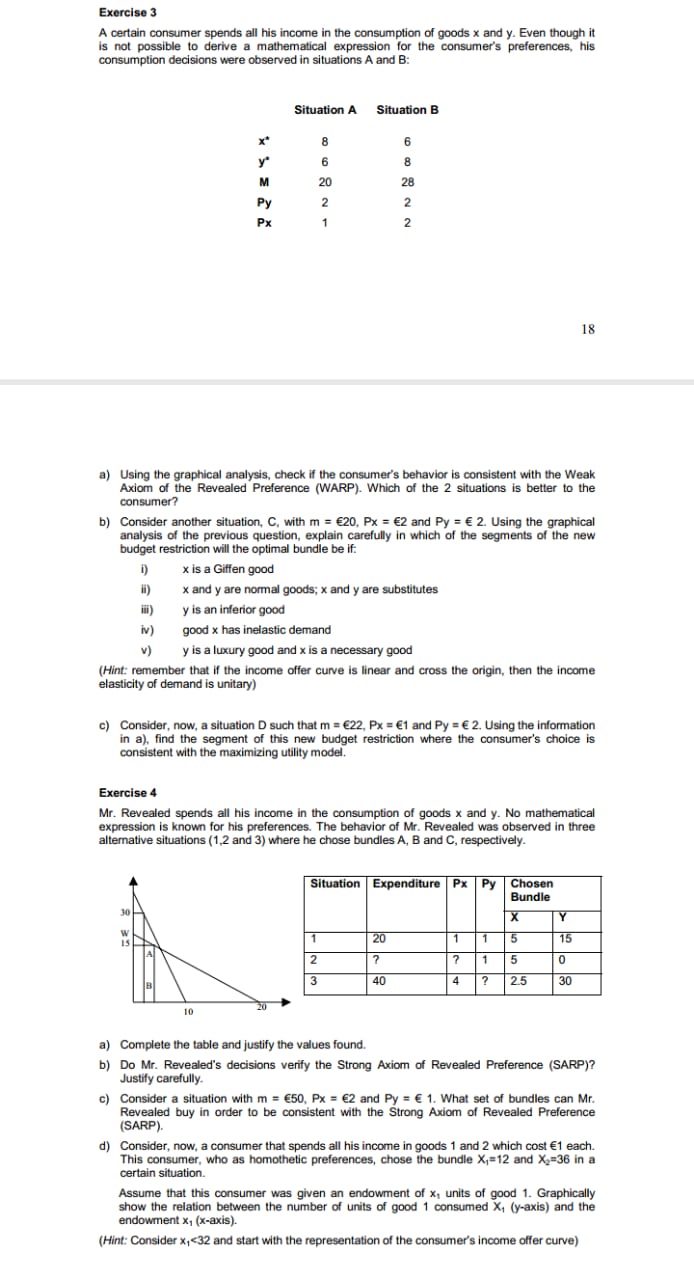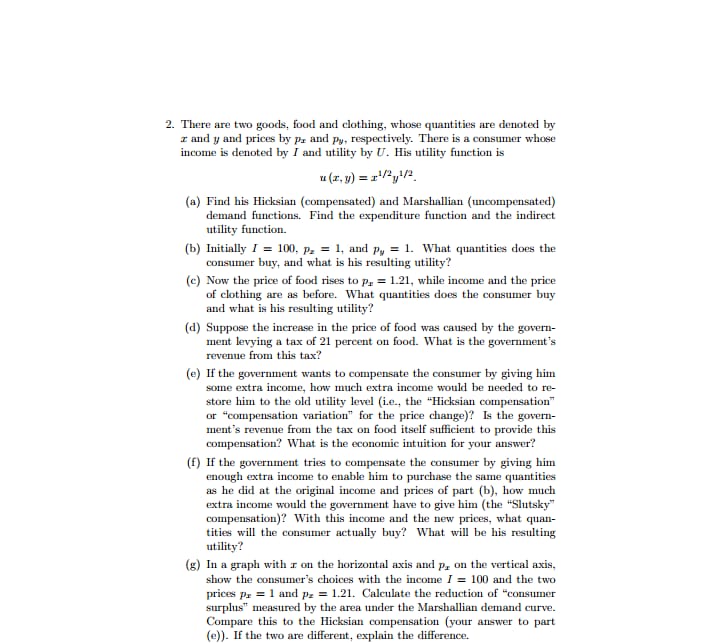
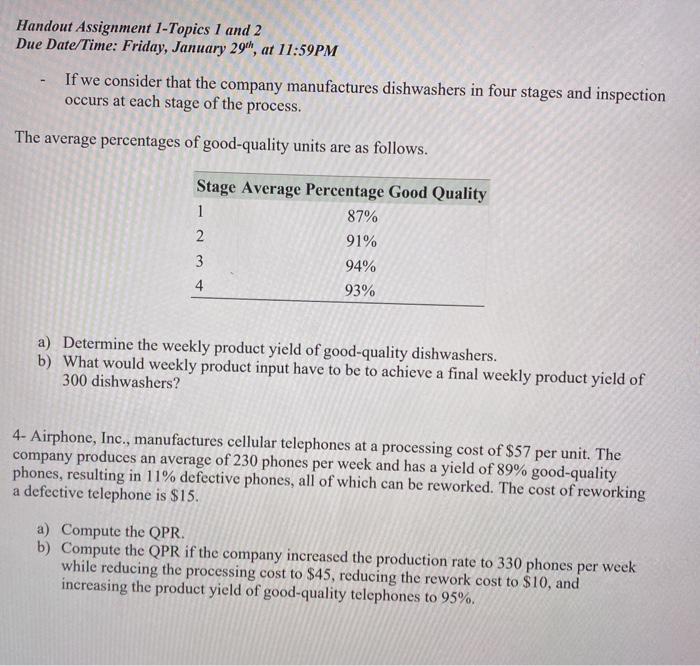
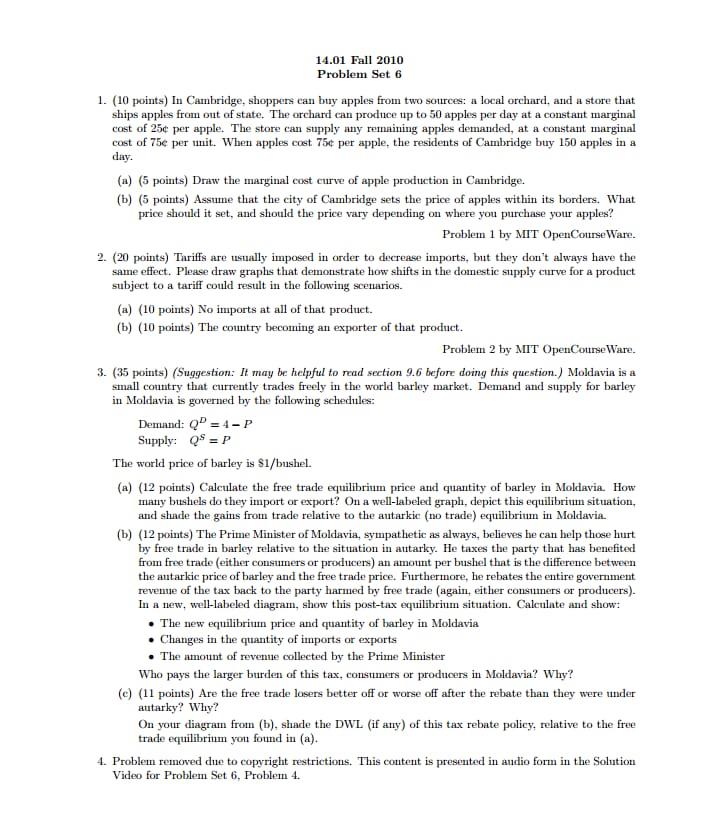
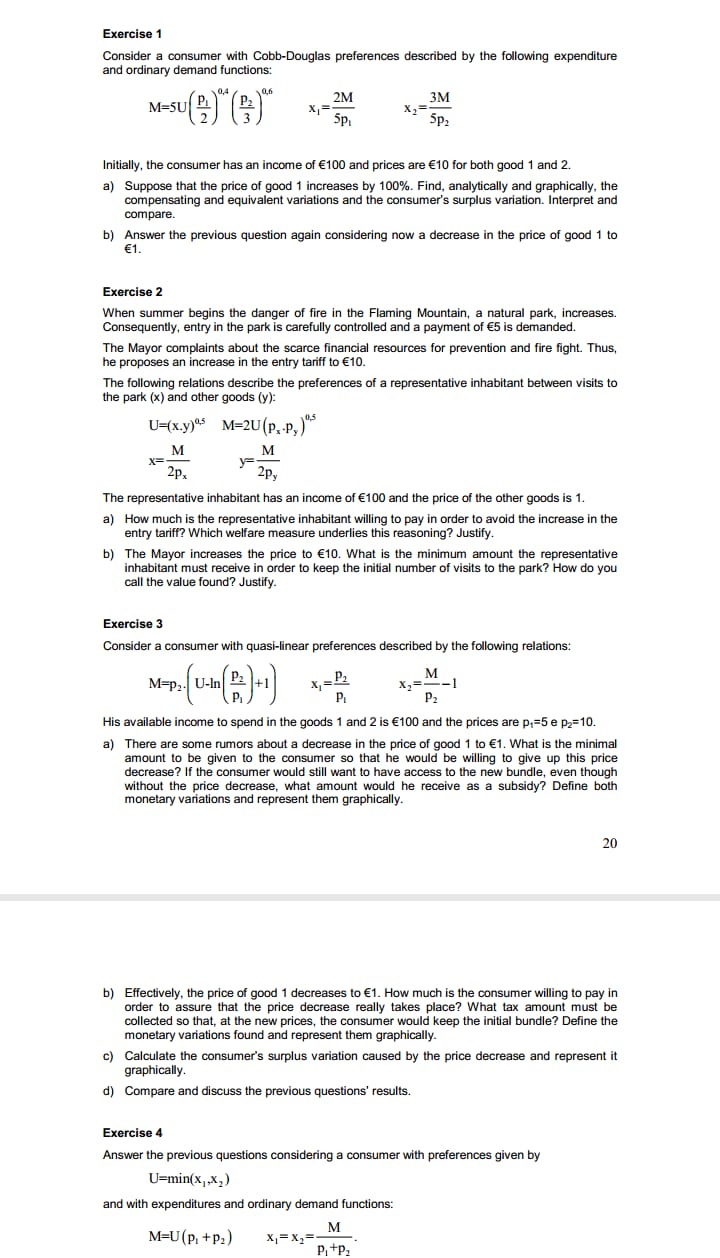
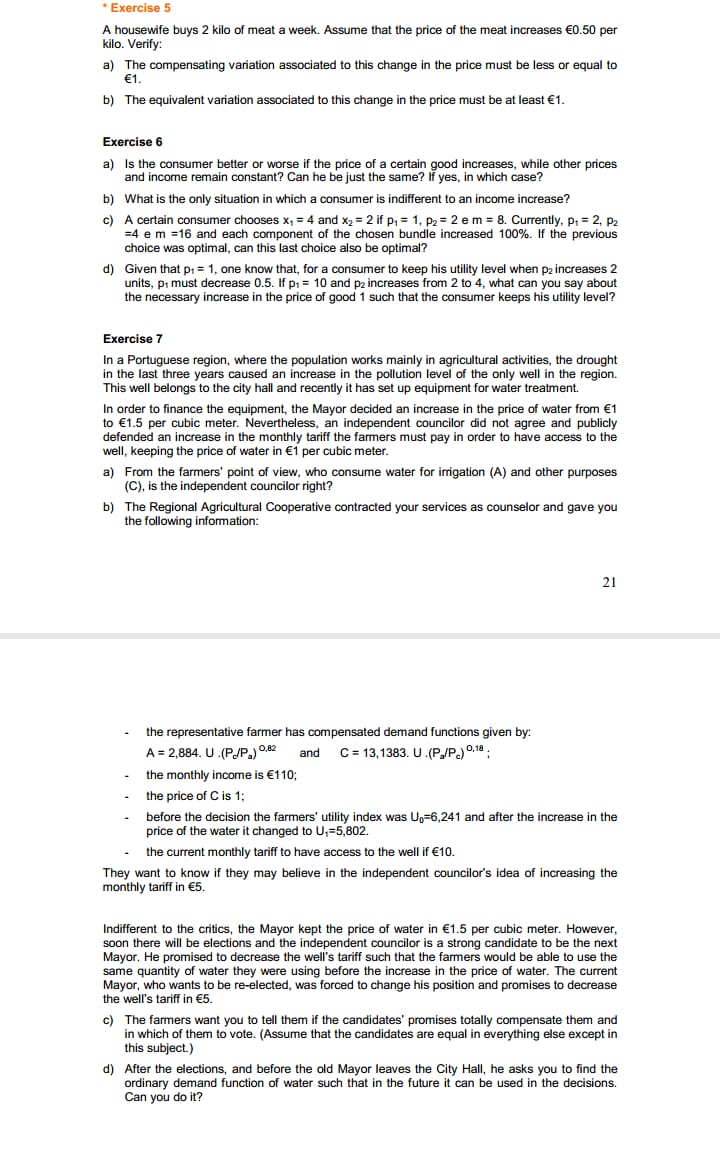
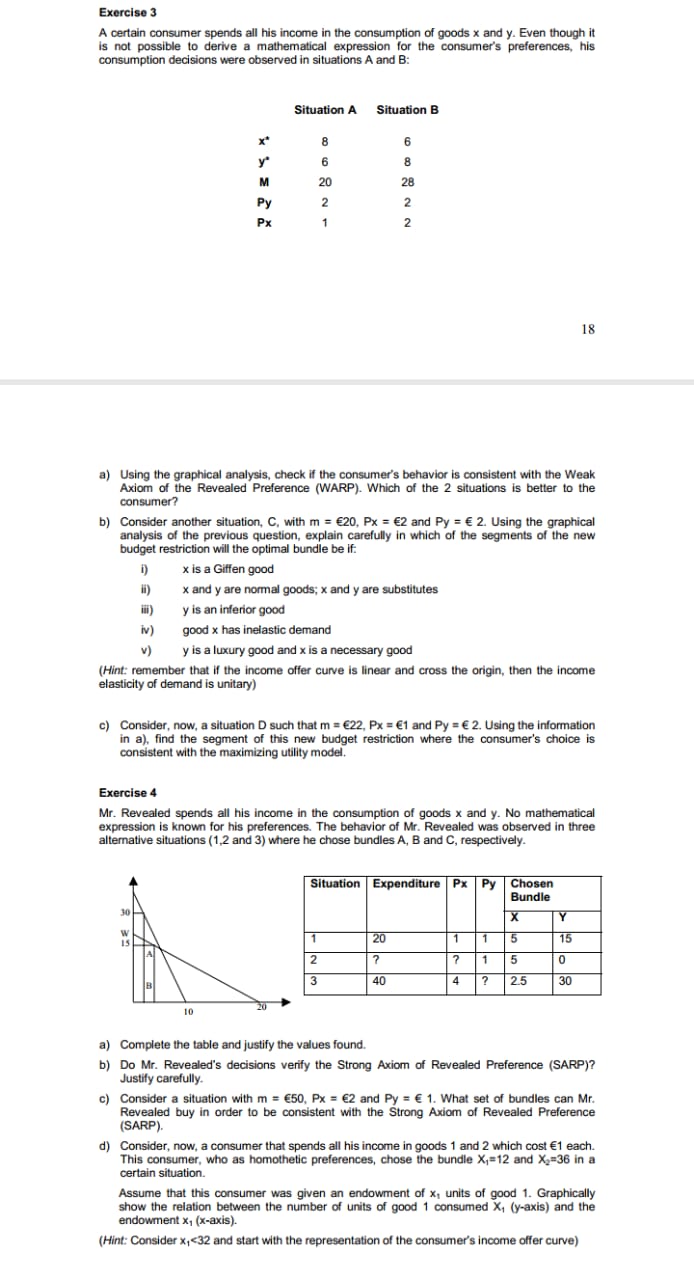
explain all parts of the question with step by step
2. There are two goods, food and clothing, whose quantities are denoted by I and y and prices by ps and py, respectively. There is a consumer whose income is denoted by / and utility by U. His utility function is (a) Find his Hicksian (compensated) and Marshallian (uncompensated) demand functions. Find the expenditure function and the indirect utility function. (b) Initially / = 100, p, = 1, and py = 1. What quantities does the consumer buy, and what is his resulting utility? (c) Now the price of food rises to p, = 1.21, while income and the price of clothing are as before. What quantities does the consumer buy and what is his resulting utility? (d) Suppose the increase in the price of food was caused by the govern- ment levying a tax of 21 percent on food. What is the government's revenue from this tax? (e) If the government wants to compensate the consumer by giving him some extra income, how much extra income would be needed to re- store him to the old utility level (ie., the "Hicksian compensation" or "compensation variation" for the price change)? Is the govern- ment's revenue from the tax on food itself sufficient to provide this compensation? What is the economic intuition for your answer? (f) If the government tries to compensate the consumer by giving him enough extra income to enable him to purchase the same quantities as he did at the original income and prices of part (b), how much extra income would the government have to give him (the "Slutsky" compensation)? With this income and the new prices, what quan- tities will the consumer actually buy? What will be his resulting utility? (g) In a graph with a on the horizontal axis and p, on the vertical axis, show the consumer's choices with the income / = 100 and the two prices pr = 1 and p= = 1.21. Calculate the reduction of "consumer surplus" measured by the area under the Marshallian demand curve. Compare this to the Hicksian compensation (your answer to part (e)). If the two are different, explain the difference.\f14.01 Fall 2010 Problem Set 6 1. (10 points) In Cambridge, shoppers can buy apples from two sources: a local orchard, and a store that ships apples from out of state. The orchard can produce up to 50 apples per day at a constant marginal cost of 25c per apple. The store can supply any remaining apples demanded, at a constant marginal cost of 75e per unit. When apples cost 75c per apple, the residents of Cambridge buy 150 apples in a day. (a) (5 points) Draw the marginal cost curve of apple production in Cambridge. (b) (5 points) Assume that the city of Cambridge sets the price of apples within its borders. What price should it set, and should the price vary depending on where you purchase your apples? Problem 1 by MIT OpenCourse Ware. 2. (20 points) Tariffs are usually imposed in order to decrease imports, but they don't always have the same effect. Please draw graphs that demonstrate how shifts in the domestic supply curve for a product subject to a tariff could result in the following scenarios. (a) (10 points) No imports at all of that product. (b) (10 points) The country becoming an exporter of that product. Problem 2 by MIT OpenCourse Ware. 3. (35 points) (Suggestion: It may be helpful to read section 9.6 before doing this question.) Moldavia is a small country that currently trades freely in the world barley market. Demand and supply for barley in Moldavia is governed by the following schedules: Demand: Q" =4- P Supply: Q5 = P The world price of barley is $1/bushel. (a) (12 points) Calculate the free trade equilibrium price and quantity of barley in Moldavia. How many bushels do they import or export? On a well-labeled graph, depict this equilibrium situation, and shade the gains from trade relative to the autarkic (no trade) equilibrium in Moldavia (b) (12 points) The Prime Minister of Moldavia, sympathetic as always, believes he can help those hurt by free trade in barley relative to the situation in autarky. He taxes the party that has benefited from free trade (either consumers or producers) an amount per bushel that is the difference between the autarkic price of barley and the free trade price. Furthermore, he rebates the entire government revenue of the tax back to the party harmed by free trade (again, either consumers or producers). In a new, well-labeled diagram, show this post-tax equilibrium situation. Calculate and show: . The new equilibrium price and quantity of barley in Moldavia . Changes in the quantity of imports or exports . The amount of revenue collected by the Prime Minister Who pays the larger burden of this tax, consumers or producers in Moldavia? Why? (e) (11 points) Are the free trade losers better off or worse off after the rebate than they were under autarky? Why? On your diagram from (b), shade the DWL (if any) of this tax rebate policy, relative to the free trade equilibrium you found in (a). 4. Problem removed due to copyright restrictions. This content is presented in audio form in the Solution Video for Problem Set 6, Problem 4.Exercise 1 Consider a consumer with Cobb-Douglas preferences described by the following expenditure and ordinary demand functions: M-SUCH () 2M 3M X 2= 5p2 Initially, the consumer has an income of E100 and prices are E10 for both good 1 and 2. a) Suppose that the price of good 1 increases by 100%. Find, analytically and graphically, the compensating and equivalent variations and the consumer's surplus variation. Interpret and compare. b) Answer the previous question again considering now a decrease in the price of good 1 to E1. Exercise 2 When summer begins the danger of fire in the Flaming Mountain, a natural park, increases. Consequently, entry in the park is carefully controlled and a payment of E5 is demanded The Mayor complaints about the scarce financial resources for prevention and fire fight. Thus, he proposes an increase in the entry tariff to E10. The following relations describe the preferences of a representative inhabitant between visits to the park (x) and other goods (y): U=(x.y)"'s M=2U(P.-P,)" M M X= 2Px 2py The representative inhabitant has an income of E100 and the price of the other goods is 1. a) How much is the representative inhabitant willing to pay in order to avoid the increase in the entry tariff? Which welfare measure underlies this reasoning? Justify. b) The Mayor increases the price to E10. What is the minimum amount the representative inhabitant must receive in order to keep the initial number of visits to the park? How do you call the value found? Justify. Exercise 3 Consider a consumer with quasi-linear preferences described by the following relations: M=Pz. U-In P2 +1 x, =P2 M PI P2 His available income to spend in the goods 1 and 2 is (100 and the prices are p,=5 e p2=10. a) There are some rumors about a decrease in the price of good 1 to E1. What is the minimal amount to be given to the consumer so that he would be willing to give up this price decrease? If the consumer would still want to have access to the new bundle, even though without the price decrease, what amount would he receive as a subsidy? Define both monetary variations and represent them graphically. 20 b) Effectively, the price of good 1 decreases to E1. How much is the consumer willing to pay in order to assure that the price decrease really takes place? What tax amount must be collected so that, at the new prices, the consumer would keep the initial bundle? Define the monetary variations found and represent them graphically. c) Calculate the consumer's surplus variation caused by the price decrease and represent it graphically. d) Compare and discuss the previous questions' results. Exercise 4 Answer the previous questions considering a consumer with preferences given by U=min(X,,X2) and with expenditures and ordinary demand functions: M=U(P, + P2 ) M X=X1= P +P 2* Exercise 5 A housewife buys 2 kilo of meat a week. Assume that the price of the meat increases 60.50 per kilo. Verify: a) The compensating variation associated to this change in the price must be less or equal to E1. b) The equivalent variation associated to this change in the price must be at least (1. Exercise 6 a) Is the consumer better or worse if the price of a certain good increases, while other prices and income remain constant? Can he be just the same? If yes, in which case? b) What is the only situation in which a consumer is indifferent to an income increase? c) A certain consumer chooses x, = 4 and *2 = 2 if p, = 1, p2 = 2 em = 8. Currently, p, = 2, p2 =4 e m =16 and each component of the chosen bundle increased 100%. If the previous choice was optimal, can this last choice also be optimal? d) Given that p: = 1, one know that, for a consumer to keep his utility level when p2 increases 2 units, p: must decrease 0.5. If p: = 10 and p2 increases from 2 to 4, what can you say about the necessary increase in the price of good 1 such that the consumer keeps his utility level? Exercise 7 In a Portuguese region, where the population works mainly in agricultural activities, the drought in the last three years caused an increase in the pollution level of the only well in the region. This well belongs to the city hall and recently it has set up equipment for water treatment. In order to finance the equipment, the Mayor decided an increase in the price of water from E1 to (1.5 per cubic meter. Nevertheless, an independent councilor did not agree and publicly defended an increase in the monthly tariff the farmers must pay in order to have access to the well, keeping the price of water in (1 per cubic meter. a) From the farmers' point of view, who consume water for irrigation (A) and other purposes (C), is the independent councilor right? b) The Regional Agricultural Cooperative contracted your services as counselor and gave you the following information: 21 the representative farmer has compensated demand functions given by: A = 2,884. U .(P/P.) . and C = 13,1383. U .(P_/P.) 0.12; the monthly income is E110; the price of C is 1; before the decision the farmers' utility index was Up=6,241 and after the increase in the price of the water it changed to U,=5,802. the current monthly tariff to have access to the well if E10. They want to know if they may believe in the independent councilor's idea of increasing the monthly tariff in E5. Indifferent to the critics, the Mayor kept the price of water in E1.5 per cubic meter. However, soon there will be elections and the independent councilor is a strong candidate to be the next Mayor. He promised to decrease the well's tariff such that the farmers would be able to use the same quantity of water they were using before the increase in the price of water. The current Mayor, who wants to be re-elected, was forced to change his position and promises to decrease the well's tariff in 65. c) The farmers want you to tell them if the candidates' promises totally compensate them and in which of them to vote. (Assume that the candidates are equal in everything else except in this subject.) d) After the elections, and before the old Mayor leaves the City Hall, he asks you to find the ordinary demand function of water such that in the future it can be used in the decisions. Can you do it?Exercise 3 A certain consumer spends all his income in the consumption of goods x and y. Even though it is not possible to derive a mathematical expression for the consumer's preferences, his consumption decisions were observed in situations A and B: Situation A Situation B 18 a) Using the graphical analysis, check if the consumer's behavior is consistent with the Weak Axiom of the Revealed Preference (WARP). Which of the 2 situations is better to the consumer? b) Consider another situation, C, with m = 620, Px = 62 and Py = 6 2. Using the graphical analysis of the previous question, explain carefully in which of the segments of the new budget restriction will the optimal bundle be if: i) x is a Giffen good x and y are normal goods; x and y are substitutes y is an inferior good iv ) good x has inelastic demand v) y is a luxury good and x is a necessary good (Hint: remember that if the income offer curve is linear and cross the origin, then the income elasticity of demand is unitary) c) Consider, now, a situation D such that m = (22, Px = 1 and Py = ( 2. Using the information in a), find the segment of this new budget restriction where the consumer's choice is consistent with the maximizing utility model. Exercise 4 Mr. Revealed spends all his income in the consumption of goods x and y. No mathematical expression is known for his preferences. The behavior of Mr. Revealed was observed in three alternative situations (1,2 and 3) where he chose bundles A, B and C, respectively. Situation Expenditure |Px | Py Chosen Bundle X 20 5 15 5 0 40 25 30 a) Complete the table and justify the values found. b) Do Mr. Revealed's decisions verify the Strong Axiom of Revealed Preference (SARP)? Justify carefully. c) Consider a situation with m = 650, Px = 62 and Py = ( 1. What set of bundles can Mr. Revealed buy in order to be consistent with the Strong Axiom of Revealed Preference (SARP). d) Consider, now, a consumer that spends all his income in goods 1 and 2 which cost E1 each. This consumer, who as homothetic preferences, chose the bundle X,=12 and X,=36 in a certain situation. Assume that this consumer was given an endowment of x, units of good 1. Graphically show the relation between the number of units of good 1 consumed X, (y-axis) and the endowment x, (x-axis). (Hint: Consider x,






